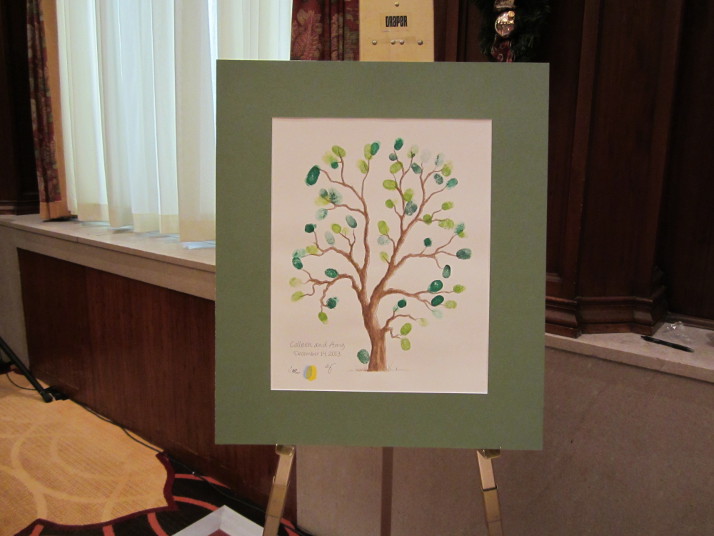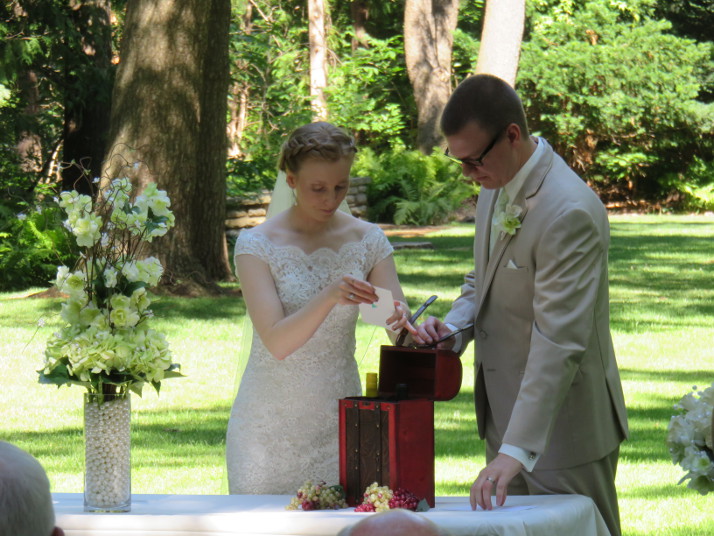Pros and Cons of an Unplugged Ceremony
An unplugged ceremony is an option that many couples at least consider when planning their wedding. There are degrees of unplugged options ranging from a polite request to total confiscation of electronic devices. Only you know how important this is to you, and the personalities of your guests to guide you in deciding how far to go.
There are both benefits and drawbacks to opting for an unplugged ceremony including those listed below.
-
Pros of an Unplugged Ceremony:
1. Your guests will be able to focus more on the actual ceremony if they are not worried about angles, lighting, and obstructions to the picture or video they are taking.
2. When you look out at your guests during your wedding ceremony, you’ll see their faces, not an array of devices, looking back.
3. Your photographer/videographer can get some shots of the guests that are free of devices. They won’t have to worry about a bunch of devices showing up in the background as they take images of you, and they won’t have to step around Aunt Millie who is standing in the middle of the aisle taking pictures as you walk up the aisle. I’ve seen photographers do this, and I’ve seen them unable to get the best images/angles because of clueless guests.
4. If your guests share the photos/video they take with you, you might get some great unscripted moments and different angles than those captured by your professional photographer.
5. Your guests can share their photos/video on social media before you receive the finished products from your photographer or videographer. (This can be a con, too. See below)
-
Cons of an Unplugged Ceremony:
1. Your guests may post images to social media while your wedding celebration is still going on, which can be awkward if you had to limit your guest list, or if you’re concerned about party crashers. Worst story on this front was a groom who saw pictures posted of his bride even before he had seen her in person.
2. Your guests may resent being asked to turn off their devices for the ceremony. They may be truly upset if being asked to surrender their devices for the entire event. This can actually be hazardous if you have on call medical or emergency services people in attendance (in these cases, a simple request to silence devices and keep them in pockets may be most appropriate).
3. You may miss some of the most entertaining or romantic candid moments caught by a friend or relative.
It really is unfortunate to see a sea of screens/devices pointed at you throughout the wedding ceremony, so requesting an unplugged ceremony with a request from the officiant before the processional may be the right middle of the road option. Then your guests can go crazy during the reception and capture some great moments and memories to share with you.


